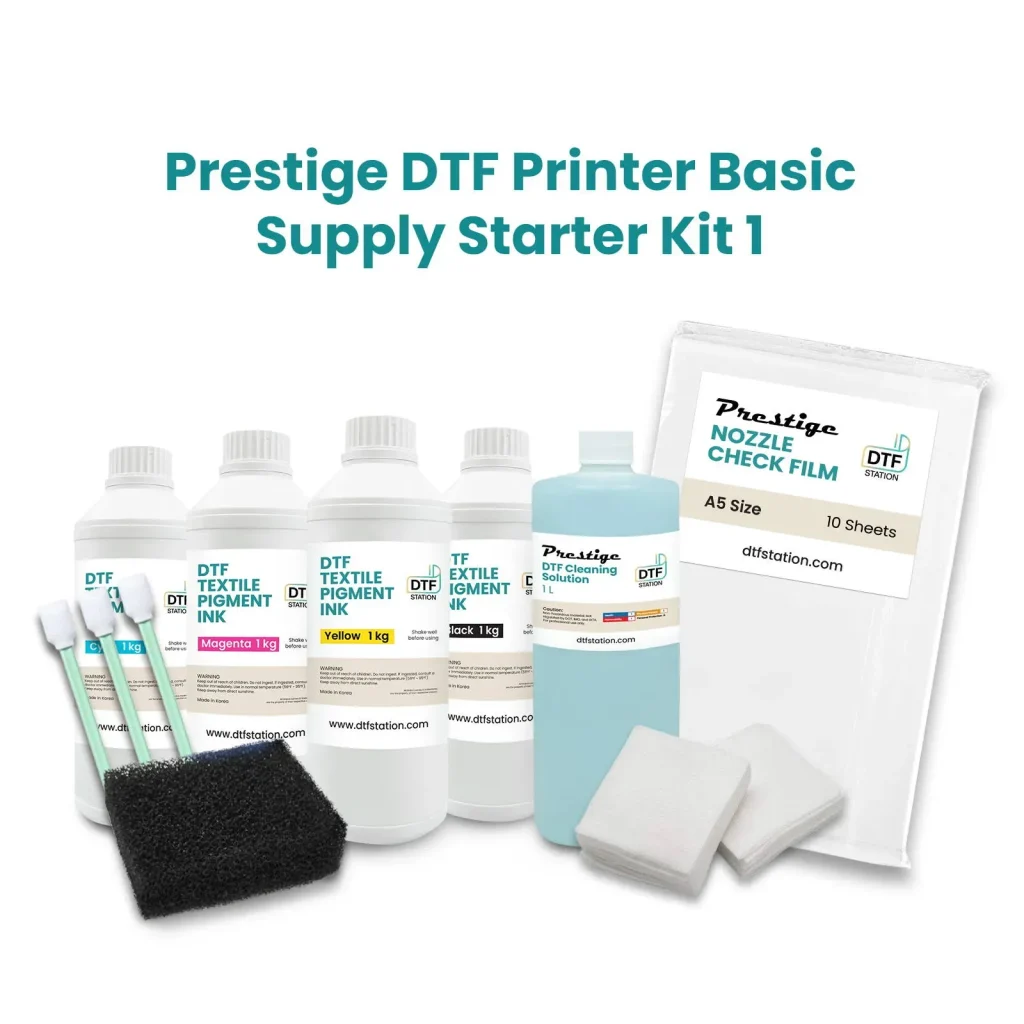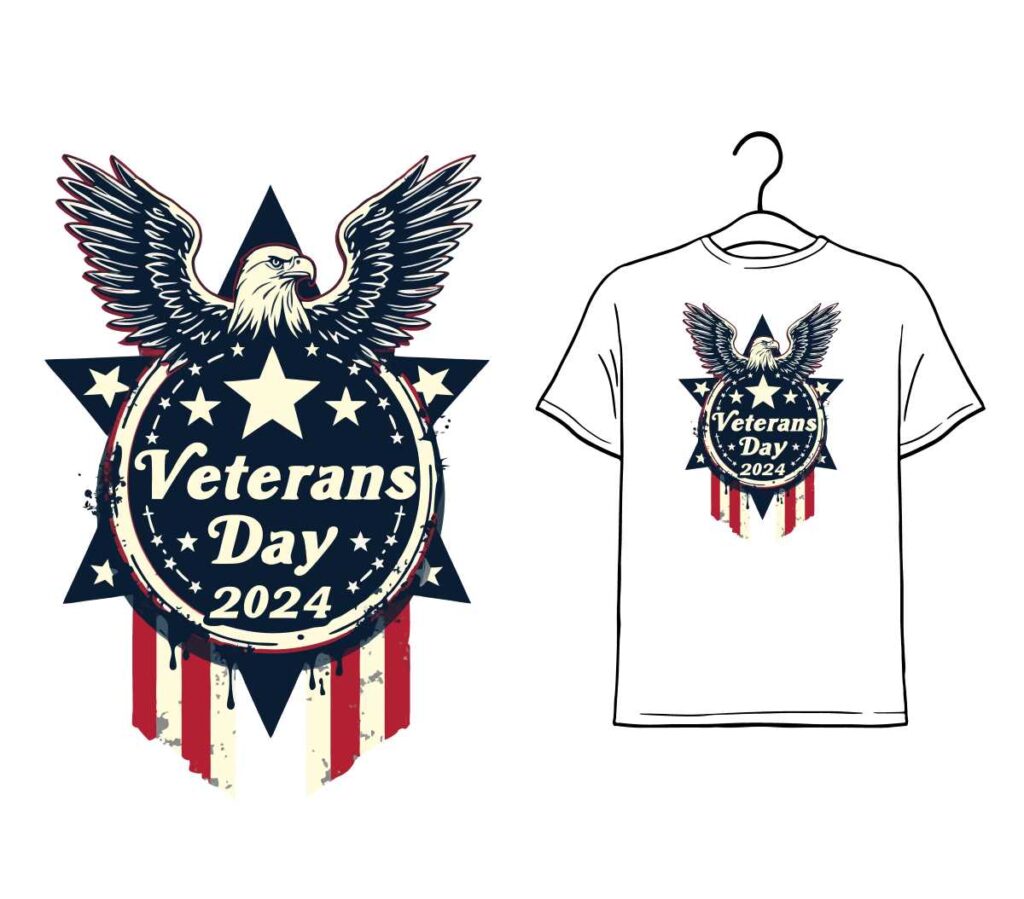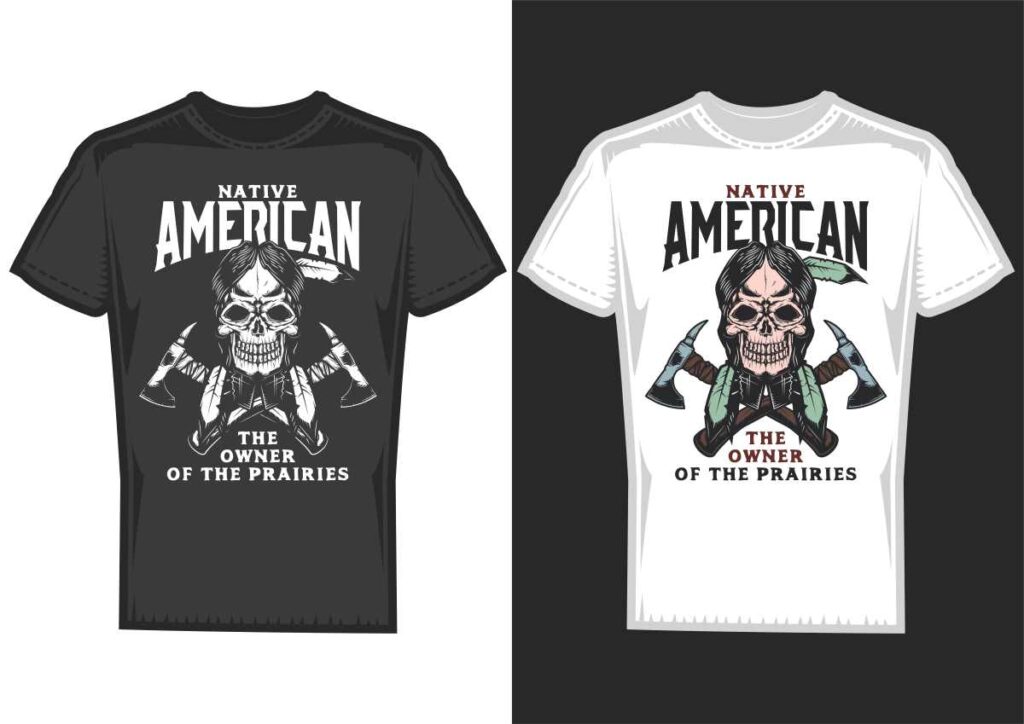DTF Supplies are at the forefront of a printing revolution, making waves in the custom apparel industry with Direct-to-Film (DTF) printing techniques. This innovative process enables designers to seamlessly transfer vibrant and intricate designs onto a variety of textiles, including cotton and polyester blends. As businesses increasingly seek high-quality, cost-effective solutions in printing, understanding the right DTF supplies, such as the best DTF printers and DTF ink types, becomes essential. In this guide, we will delve into the must-know insights that will empower you to harness the full potential of DTF printing, from selecting the right heat press for DTF applications to ensuring optimal results. Join us as we uncover the secrets to creating stunning custom apparel using DTF printing technology.
The landscape of custom printing has expanded significantly with the introduction of DTF technology, or direct film transfer methods. This approach not only facilitates the application of detailed designs onto various fabric surfaces but also enhances the durability and vibrancy of the prints. Whether you’re exploring various models of high-performance printers or investigating the best types of inks to use, it’s crucial to equip yourself with top-notch DTF supplies. By understanding how to effectively utilize these materials and techniques, you can set your printing business apart and deliver outstanding results to your clients. As we dive deeper into the essentials of this innovative printing method, you’ll discover the tools and strategies necessary for success.
The Importance of DTF Supplies in Printing Success
In the realm of Direct-to-Film (DTF) printing, the importance of having high-quality DTF supplies cannot be understated. To achieve vibrant and reliable prints, practitioners must invest in specialized printers, premium inks, and the right transfer films. The science behind DTF printing hinges not only on the technology employed but also on the materials used. When each component works in harmony, print businesses can produce exceptional results that captivate audiences and elevate their offerings.
Moreover, the quality of the adhesive powder used can significantly impact the final product. High-quality powders ensure that designs adhere seamlessly to fabric, preventing premature wear and fading. Therefore, selecting the appropriate DTF supplies tailored to specific projects is critical for achieving the desired outcome, further underscoring their role in a successful DTF printing operation.
Exploring DTF Printing Techniques
Mastering DTF printing techniques is key to optimizing the benefits of this innovative printing method. Proper preparation is essential; surfaces must be prepped to eliminate lint, dust, or moisture that could interfere with the transfer process. Pre-pressing fabrics before application can help eliminate any residual moisture, setting a solid foundation for the transfer. By understanding and applying the optimal settings for different fabrics, practitioners can ensure steady, high-quality results.
Additionally, knowing the ideal pressing times and temperatures for various materials can significantly affect print longevity and vibrancy. It’s generally recommended to apply medium to heavy pressure for 6 to 15 seconds depending on the fabric type. Practitioners should always keep abreast of the latest techniques and adapt as technology evolves, which can lead to improved turnaround times and enhanced print quality.
Choosing the Best DTF Printers
When it comes to DTF printing, selecting the best DTF printers is integral to achieving top-notch results. Various brands, such as Epson and Brother, are recognized for their reliable printers that can handle DTF techniques effectively. The right printer not only supports high-resolution printing but also ensures compatibility with different DTF ink types and transfer films, streamlining the printing process and improving efficiency.
Investing in a robust DTF printer can further enhance color vibrancy and detail, qualities essential for capturing the intricacies of custom designs. As technology continues to advance, it’s beneficial for operators to research and evaluate new printer models, keeping an eye out for features that can enhance productivity and expand creative possibilities.
Understanding DTF Ink Types
The choice of DTF ink types plays a pivotal role in the quality of prints produced. High-quality inks, such as those offered by DuPont Artistri, provide vibrant colors and exceptional durability. These inks are specially formulated to adhere well to a variety of fabrics, ensuring that prints remain vivid and resistant to wear over time. Using inferior inks, however, can lead to dull colors and premature fading after washing.
It is also crucial for printers to understand the compatibility of ink types with their equipment. Some printers may require specific formulations to achieve optimal performance, making it vital to consult guidelines or manufacturer recommendations. Understanding this aspect not only enhances print quality but can also save time and resources in the long run.
The Role of Heat Press Machines in DTF
Heat press machines are essential tools in the DTF printing process, as they apply the necessary heat and pressure required for successful transfers. The right heat press for DTF ensures that prints adhere properly to the fabric, which is a critical aspect of producing durable and high-quality garments. Users should look for heat presses that offer adjustable temperature settings and even pressure distribution for the best results.
Furthermore, operators should take the time to familiarize themselves with the specific settings needed for different fabrics and inks. When heat press machines are used correctly, they can significantly enhance the efficiency of the printing process, reducing error rates and improving overall output quality. Continuous maintenance and calibration of these machines are vital to sustain their performance and effectiveness in the long run.
Common Challenges in DTF Printing and Solutions
While DTF printing offers numerous advantages, practitioners may encounter common challenges such as misalignment or ink spread. Misalignment issues can occur during the application of transfers, leading to imperfect designs that detract from the quality of the final product. Ensuring careful placement of transfers before pressing can help mitigate these risks, emphasizing the importance of precision in the DTF process.
Ink spread is another concern that can arise if print heads are not maintained regularly. Streaks can lead to unsatisfactory results, so regular cleaning and maintenance are paramount. By adhering to best practices and addressing these challenges proactively, businesses can maintain a smooth workflow and deliver high-quality printed items consistently.
Frequently Asked Questions
What is the importance of using high-quality DTF supplies in printing?
Using high-quality DTF supplies, such as premium DTF inks and specialized transfer films, is essential for achieving vibrant and durable prints. High-quality materials prevent issues like ink spread and adhesion problems, ensuring that your designs remain sharp and intact after multiple washes.
How do I choose the best DTF printer for my business needs?
Choosing the best DTF printer depends on several factors, including print volume, resolution needs, and compatibility with DTF supplies. Brands like Epson and Brother are popular for their reliability and print quality. Consider features like print speed and maintenance support to find the right fit.
What types of DTF ink are best for durable prints?
For durable prints, it’s recommended to use premium DTF ink types from brands like DuPont Artistri or Kodak. These inks are formulated for vibrant colors and long-lasting results, ensuring your designs resist fading after washes.
What should I look for in a heat press for DTF printing?
When selecting a heat press for DTF printing, ensure it has adjustable temperature and pressure controls, and a consistent heating surface. Ideal heat presses facilitate even heat distribution, which is crucial for effective transfer of designs onto fabrics.
Can DTF printing be used on all types of fabrics?
Yes, DTF printing can be used on a variety of fabrics, including cotton, polyester, and fabric blends. This versatility makes DTF supplies an excellent choice for producing custom garments and promotional items suited for diverse textile applications.
What are some common challenges when using DTF supplies and how can I avoid them?
Common challenges in DTF printing include misalignment of transfers, ink spread, and poor adhesion. To avoid these issues, ensure clean and lint-free surfaces before applying transfers, perform regular maintenance on your printer, and use high-quality adhesive powders to facilitate strong bonding during the heat transfer process.
| Topic | Key Points |
|---|---|
| DTF Printing Introduction | Revolutionizes textile printing with high efficiency and versatility. |
| DTF Printing Process | Uses specialized ink and films to create versatile transfers. |
| Essential DTF Supplies | Includes DTF printers, inks, transfer films, adhesive powder, and heat press machines. |
| Benefits of DTF Printing | Offers versatility, durability, and cost-effectiveness in printing. |
| Techniques for Effective DTF Printing | Include preparation, precise application, and post-care for prints. |
| Common Challenges | Includes misalignment, ink spread, and adhesion issues. |
| Emerging Trends | Includes specialty films and advanced UV DTF systems. |
Summary
DTF Supplies are essential components for those looking to excel in the world of direct-to-film printing. This innovative printing method not only transforms how designs are applied to textiles but also allows for greater creative freedom across various fabric types. Understanding the intricacies of DTF printing—including the vital supplies and techniques required—enables businesses to produce high-quality, durable prints that meet ever-evolving market demands. By staying updated with the latest trends and effectively addressing common challenges, print shops can significantly enhance their output quality and customer satisfaction. As the DTF landscape continues to evolve, leveraging premium DTF supplies will remain a crucial aspect of maintaining a competitive edge in the industry.



